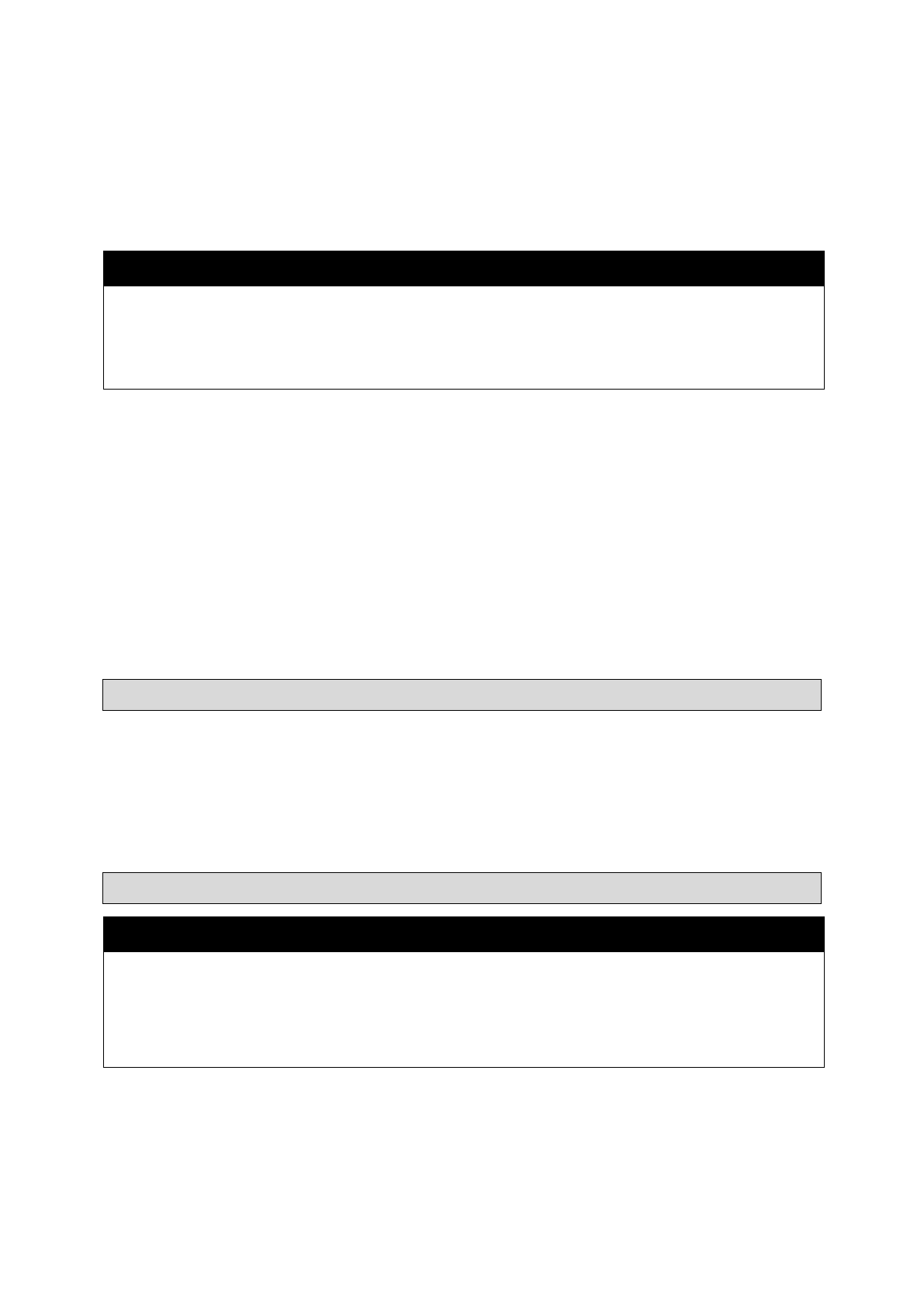Product Manual

Page 17 of 23
4. Make sure the load and hoist will clear all obstacles before moving or rotating the load.
5. Do not lift a load more than a few inches until it is well balanced in the sling or lifting device.
6. Each time a load is handled that is approaching the rated capacity. Check the hoist brake action
by lifting the load just clear of supports and continuing only after verifying that the brake system
is operating properly.
⚠WARNING
Do not use to lift people or animals.
Keep persons and property clear from under the load.
Do not allow the load to swing or roll against the support members.
7. Avoid swinging the load or load hook when moving the hoist.
8. Avoid contact between trolleys and between trolleys and stops.
9. Do not use the upper (or lower, if provided) limit devices as a normal means of stopping the
crane.These are emergency devices only.
10. Do not move the crane while loaded.
Parking the Load
1. Do not leave a suspended load unattended unless specific precautions have been instituted and
are in place.
2. Position the load block above head level for storage when the hoist is not in use.
3. Exercise care when removing a sling from under a landed and blocked load.
After Each Use
1. Adjust the crane at lowest height, insert height pins and secure in place with R-pins.
2. Position the load block above head level for storage when the hoist is not in use.
3. Move the crane to a location where it will create the least interference with other cranes or objects.
Lock the casters.
4. Keep the crane in aclean,well-lit,safeplace. Do not allow access by children or pets to prevent injury.
Maintenance
⚠WARNING
TO PREVENT SERIOUS INJURY FROM CRANE FAILURE:Do not use damaged equipment.If
any defect or damage is noted,have the problem corrected before further use.
Repair or replacement of crane components must be performed only by a qualified technician
using only identical replacement parts with the same rating.
Maintain the product by adopting a program of conscientious repair and maintenance in accordance
with the following recommended procedures. It is recommended that the general condition of any tool
be examined before it is used. Keep your tool in good repair. Keep handles dry, clean, and free from
oil and greaseThe following chart is based on a normal operation schedule.










